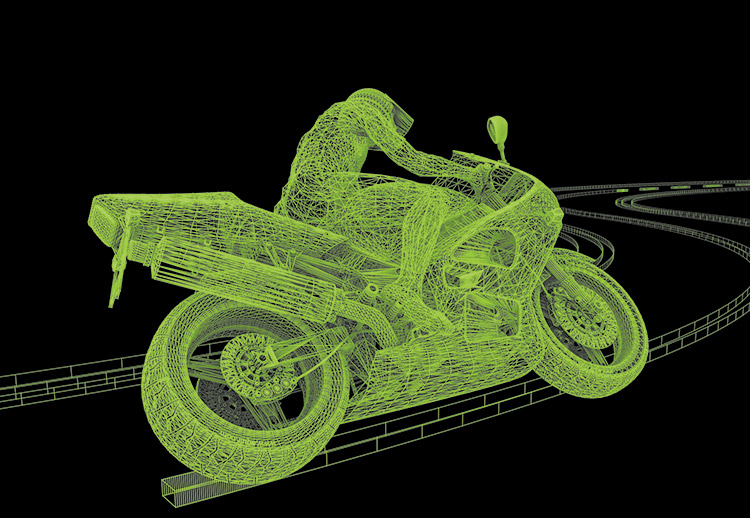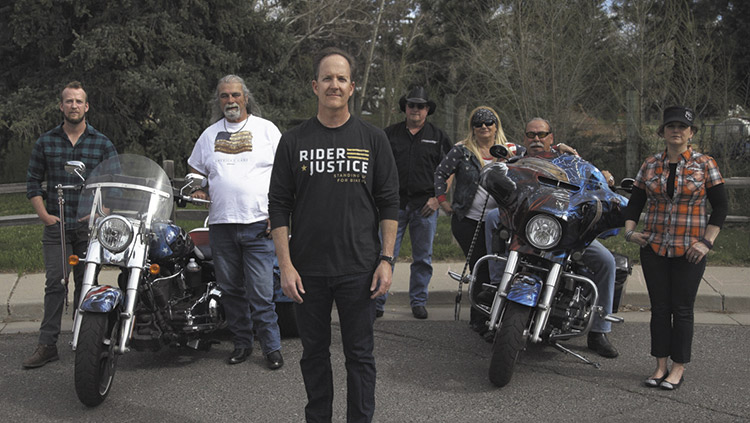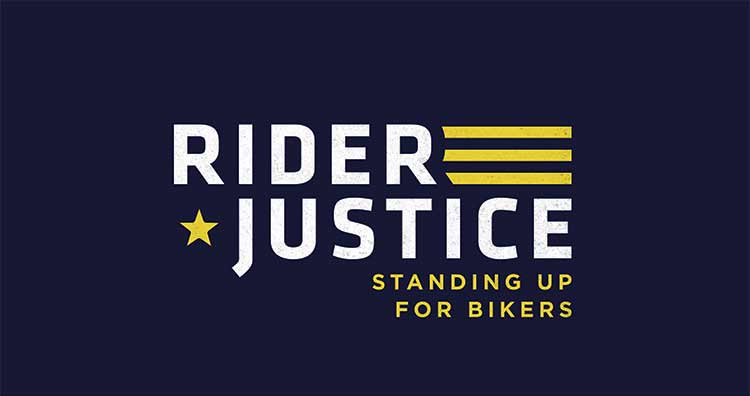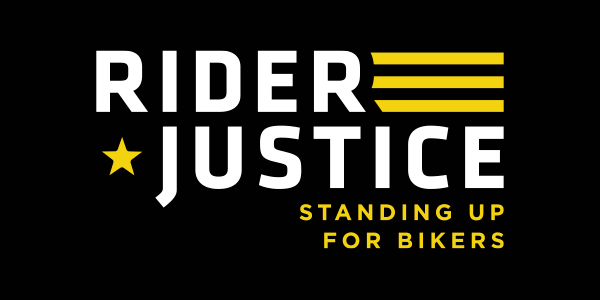
As my Rider Justice friends know, I’m not just a huge advocate for Colorado motorcycle rights and safety, I’m also a motorcycle and car accident attorney. I’ve been a Denver personal injury attorney for more than 20 years. It is my vocation – my calling in life – because I can’t stand when a victim’s rights are violated by negligent drivers and insurance companies.

But I digress.
Accident Reconstruction
Recently, I worked with a company called Knott Laboratory, which performs accident reconstruction investigations. As Ricky L. Nguyen said to me, Knott Lab provides forensic reports on every type of machine you can imagine.
“If it’s got moving parts, we get it,” said Ricky, who added that they also perform fire event investigations. You can check out their demo reel here. Caution: even though the images are computer-generated, it can be pretty alarming to see the types of accidents they investigate. (One word: woodchipper.)
As he and I were talking, I started sharing stories of some of my past cases, explaining why some of them were so upsetting or surprising. While there may be common types of accidents (such as left-hand turns in front of oncoming traffic), I do often find myself so concerned for victims that I ask, “Why?!” Sometimes, we never get the answer to that question. But Ricky can answer “how,” which can help me get the proper compensation for victims from insurance companies.
How Motorcycle Crashes are Different
Ricky and I began discussing the differences between motorcycle crashes and auto crashes, and he said, “motorcycles do funny things in accidents.” (I’m sure that he meant “strange” when he said “funny.”)
I have seen a lot of images from motorcycle crashes in the Denver metro area and I can tell you that they are definitely different from car accident scenes. Sadly, they are usually much more tragic.
Of course, motorcycles are smaller than cars, so they don’t stand much chance in a collision with a vehicle that outweighs them by many factors. However, Ricky, who is an engineer, said that there are some other issues that make motorcycles behave strangely in crash situations.
Ricky explained that, “Motorcycles are smaller and they act erratically in accidents. They aren’t like cars, which tend to be like smooth boxes. Motorcycles have parts sticking out that catch on the road and cause them to do funny things, curve around other objects, land funny. Also, the weight difference between motorcycles and cars is significant. Motorcycles change trajectory more easily.”
I have hired accident reconstruction engineers in the past to help me prove that the other driver is at fault, causing my client’s injuries. In some cases, I observe the reconstruction process like a great episode of CSI. It takes a ton of investigative work to discern the cause of an accident.
Ricky said that the engineers at Knott Lab gather police reports, witness statements, visit the accident site for remaining evidence such as skid marks, talk to the district attorneys that may be involved, collect photos that may have been taken at the accident, and assemble pretty much anything else that they can get their hands on.
They also use high-tech to assess the vehicles’ damage as well as the scene of the accident.
“We do a laser scan of the vehicles so that we can recreate the vehicle visually and do a 3D image,” said Ricky. “We also do a scan of the accident site so that we can assess slope, geometry, heights of nearby obstacles, etc.”
Based on that information, the engineers can often create a written report that explains what happened and who was at fault. But for more complex cases, Ricky said they create the computer simulations like what you see in their demo video.
Advice for Bikers
I asked Ricky if he had any advice for motorcycle riders who are in accidents, things that they can do to help prove their innocence. Gratifyingly, he said something that I say all the time: take pictures!
“Everybody has smart phones today; take pictures!” he said. “As many as possible! Also, try not to touch or move the vehicle. Typically, police officers want you to move the vehicle, but take pictures first. And take pictures of the damage on the road, your motorcycle, the other driver’s car, everything. The more we can see of the accident scene, the more it helps.”
Finally, as someone who fights for motorcyclist rights, I want you to know that, just because the police give YOU the ticket after an accident (because they normally assume it was the biker’s fault), don’t assume that you don’t have a good case. I have won cases for motorcyclists even after the cop gave them the ticket. I can find witnesses and even hire a company like Knott Lab to prove your innocence. I’d love to help you.






